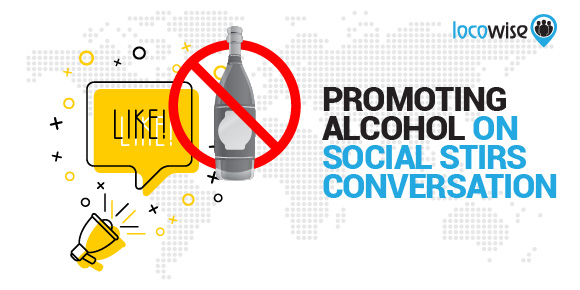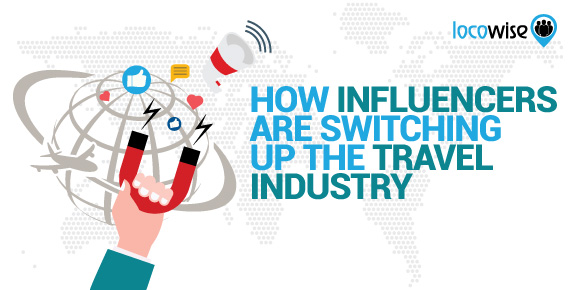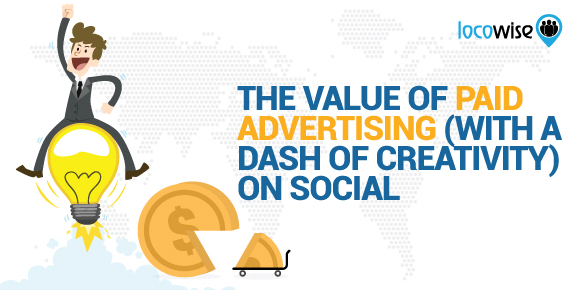Promoting Alcohol On Social Stirs Conversation
Sahail Ashraf posted on 9 June 2020
Advertising has always had a bad rep. Even when it is done extraordinarily well, with creative flair and intelligence, it is often seen as one of the ‘dark sciences’. And in recent times, it has become even more distrusted.
Perhaps the biggest problem right now is the proliferation of alcohol advertising in the one space that hasn’t done anything about regulating alcohol ads, ever. Social media is currently promoting alcohol in lots of ways. And it’s making some people very nervous.

The problem
Social media is huge. And the problem with that is that it also currently remains largely unregulated. This means that young people are still able to view and engage with content that is inappropriate for them.
So when a young person sees an alcohol advert on social media, they can stay looking at it, and potentially use the ad to make decisions. It’s a tricky situation.
What makes the whole thing a little more worrying is the tendency for large alcohol companies to spend huge amounts of money on targeting young adults. It’s clear that this particular demographic is likely to be found on certain social media platforms. Marketing being what it is, companies know where to go to find them.
In addition to that, a number of social media influencers (a very powerful group with the young adult demographic) are now being approached to endorse alcohol products. Sure, it may not be presented in a malignant way, but it is hard to deny that the whole thing seems just a little cynical.
In the middle of January this year, the Wall Street Journal carried out a test. The aim was to understand just how vulnerable young people were to alcohol advertising. It found that underage users could view the online profiles of 12 out of the top 20 beer companies. In addition, they were able to view 11 of the top 20 spirits brands.
Perhaps most concerning was a dummy account the WSJ set up. It gave the fictional account holder a birthday of January 2005, making the ‘account holder’ 15 years old. The account gained access to and followed the profiles of a number of high profile alcohol companies, including Stella Artois and Pernod. The algorithm for Instagram then suggested that the user account then follow some other drink-related profiles. This clearly shows that alcohol-related content, including advertising content, is not only accessible to young people, but also actively nurtured by social media algorithms.

So what’s happening then?
It’s easy to feel helpless in these situations. Companies have to sell their products, and one way to do this is through online advertising. It’s a huge machine, and just because some people are upset about it doesn’t mean it’s necessarily going to stop. But some things can be done.
In some countries there have been bans on alcohol advertising. Lithuania, for example, has banned all examples of alcohol advertising everywhere, including digital. The problem is that this is not the case in the vast majority of customers, and that vast majority has the biggest markets for alcohol.
Perhaps the scariest area, moving forward, is the Influencer area. These people have hundreds of thousands of underage followers, and it is common for some of them to intersperse alcohol endorsement in between their normal video content. That is going to be very difficult to clean up, and Influencers are very powerful people online.
All of this amounts to an area that is very similar to tobacco advertising. A few years ago, this area was a real problem, and regulation swept in (as well as the cultural climate) to get rid of it. Alcohol is trickier, because it is still very much seen as a social drug, and not as immediately dangerous as smoking. However, we reckon that, if Influencers are still hawking alcohol online for much longer, companies will be told to restrict.
The biggest news in this story is Instagram. It has stated that it is considering making posts on Instagram age-restricted. If it does this (there is no sign of it yet) it will have an effect on Influencers and their revenue. And that will have a knock-on effect upon social media platforms and their revenue.

Currently, we have a mix of pressure groups throwing their hands up about the issue, social media platforms saying they are trying to do something about it, and Influencers making money off potentially harmful advertising.
It’s not great. The hope is that social media companies take their responsibilities more seriously. Until then, that 15 year old can still view ads and endorsements, and even follow the social media profiles of alcohol companies.
Do you have to be on top of your social media marketing? Need a great buddy to help? Try Locowise. We will even give you a week free.






